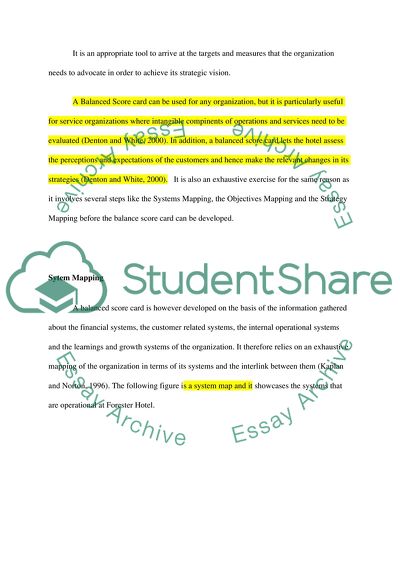Cite this document
(The Balances Score Card Method for Forester Hotel Term Paper - 1, n.d.)
The Balances Score Card Method for Forester Hotel Term Paper - 1. https://studentshare.org/marketing/1750307-management-decision-making
The Balances Score Card Method for Forester Hotel Term Paper - 1. https://studentshare.org/marketing/1750307-management-decision-making
(The Balances Score Card Method for Forester Hotel Term Paper - 1)
The Balances Score Card Method for Forester Hotel Term Paper - 1. https://studentshare.org/marketing/1750307-management-decision-making.
The Balances Score Card Method for Forester Hotel Term Paper - 1. https://studentshare.org/marketing/1750307-management-decision-making.
“The Balances Score Card Method for Forester Hotel Term Paper - 1”. https://studentshare.org/marketing/1750307-management-decision-making.


